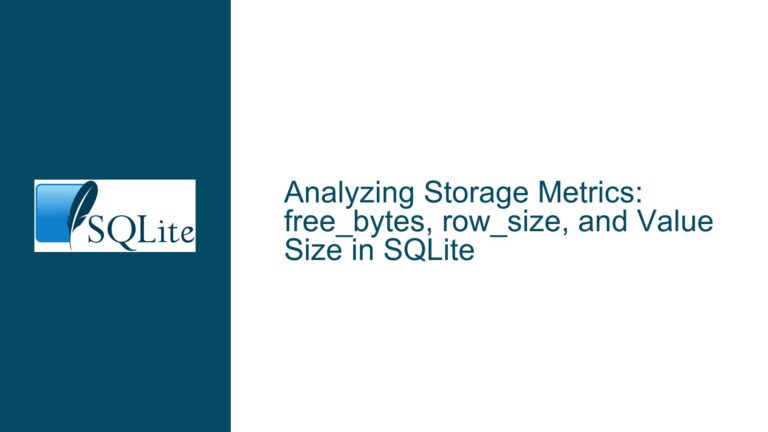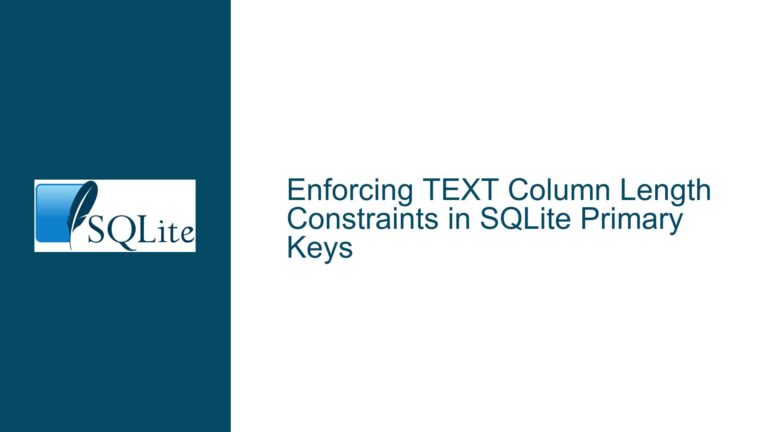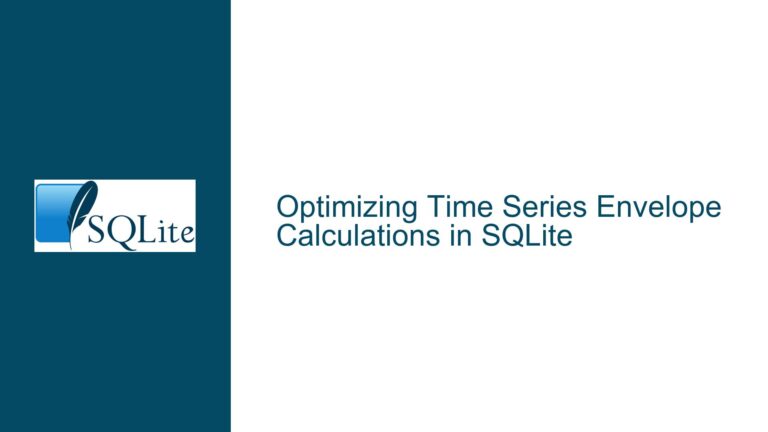Resolving Dynamic Date Filtering in SQLite Queries Using Python Parameterization
Issue Overview: Dynamic Date Filtering with SQLite Parameterization Challenges When working with SQLite databases in Python, a common requirement is to dynamically filter records based on date values. This becomes particularly crucial when generating reports, aggregating time-series data, or performing temporal analysis. The core challenge arises when attempting to replace hard-coded date literals in SQL…









